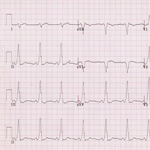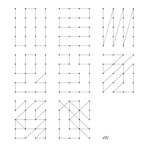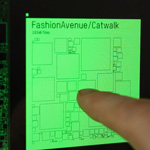Volume V, Issue 2
For this issue of PJIM we have selected three articles that vary in both the kind of information and the informational approach to conveying knowledge. Topically we are dealing with methods of application, theories of semantic and semiotic, and information resources, particularly as they apply to archiving and understanding the recent past of the consumer digital world. Our topics usually center around aspects of process, example, history, definition (taxonomy), and comparison within the fields of information design writ fairly broadly. With the articles presented here we’ve embraced all these areas: the deepest undertaking is a first of two parts article considering the evolving meaning of the word, “signal”—in essence, the author considers image and time against a background of emerging technology and scholarship, it is a deep read that will yield some fresh insight on what is meant by “signal” in contemporary context. How information design students develop concepts, or more precisely how students may better organize the creative process toward effective informative outcomes underscores the process brief on methods. This is a short paper from which every instructor of information may glean some valuable practical points. Our third paper addresses the critical issue of preserving a fast evaporating history of early on-line life: where have all those keystrokes gone, and what were they doing? As social media has exploded and changed it behooves us to understand this near past—Geocities was once a metropolis of activity, it is now a memory for some; what was its purpose?, why did users populate it?, what did it convey? Archiving and interpreting such recent digital past provides speculation about future and the how human time and interest evolves with technical and opportunistic social re-mixes.
Jihoon Kang, Publisher, and William Bevington, Editor-in-Chief
Parsons Journal for Information Mapping

Signal: An Expanded Semiotics of Periodicity (Part I)
by Michael Filimowicz

(In)forming the Information Design Student
by Maria da Gandra, MA PGCE HEA, Maaike van Neck, MA HEA

The Deleted City: A Digital Archaeology
by Richard Vijgen

